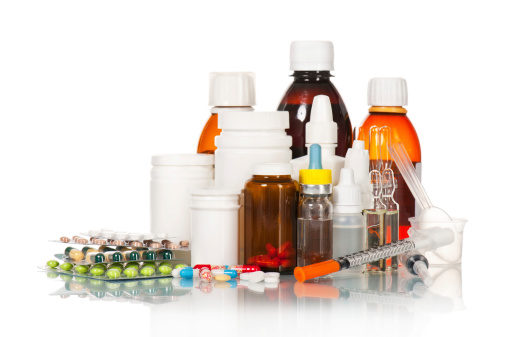Table of Contents
Essential medicines concept

The WHO has defined Essential medicines concept as “those that satisfy the priority healthcare needs of the population.” They are selected with due regard to public health relevance, evidence of efficacy and safety, and comparative cost effectiveness. Essential medicines are intended to be available within the context of functioning health systems at all times and in adequate amounts, in appropriate dosage forms, with assured quality and adequate information, and at a price the individual and the community can afford.
It has been realized that only a handful of medicines out of the multitude available can meet the health care needs of the majority of the people in any country, and that many well-tested and cheaper medicines are equally (or more) efficacious and safe as their newer, more expensive congeners. For optimum utilization of resources, governments, especially in developing countries, should concentrate on these medicines by identifying them as essential medicines. The WHO has laid down criteria to guide selection of essential medicines.
- Adequate data on its efficacy and safety should be available from clinical studies.
- It should be available in a form in which quality, including bioavailability, and stability on storage can be assured.
- Its choice should depend upon the pattern of prevalent diseases; availability of facilities and trained personnel; financial resources; genetic, demographic, and environmental factors.
- In the case of two or more similar medicines, the choice should be made based on their relative efficacy, safety, quality, price, and availability. The cost-benefit ratio should be a major consideration.
- Choice may also be influenced by comparative pharmacokinetic properties and local facilities for manufacture and storage.
- Most essential medicines should be single compounds. Fixed ratio combination products should be included only when the dosage of each ingredient meets the requirements of a defined population group, and when the combination has a proven advantage in a therapeutic effect, safety, adherence, or in decreasing the emergence of drug resistance.
- Selection of essential medicines should be a continuous process that should take into account the changing priorities for public health action, epidemiological conditions as well as the availability of better medicines/formulations and progress in pharmacological knowledge.
- Recently, it has been emphasized to select essential medicines based on rationally developed treatment guidelines
India’s National Essential Drugs List (2011) includes 348 medicines that are considered to be adequate to meet the priority healthcare needs of the general population of the country. The current is the 17th list, which has been revised from time to time since 1977. India produced its National Essential Drug List in 1996 and revised it in 2011 with the title “National List of Essential Medicines”
Adoption of the essential medicines list for procurement and supply of medicines, especially in the public sector healthcare system, has resulted in improved availability of medicines, cost saving and more rational use of drugs.
Prescription and non-prescription drugs
As per drug rules, majority of drugs including all antibiotics must be sold in retail only against a prescription issued to a patient by a registered medical practitioner. These are called ‘prescription drugs’ and in India they have been placed it the schedule H of the Drugs and Cosmetic Rules (1945) as amended from time to time. Few drugs like simple analgesics (paracetamol aspirin), antacids, laxatives (senna, lactulose), vitamins, ferrous salts, etc. are considered relatively harmless, and can be procured without a prescription are called as over the counter or OTC drug.
Orphan Drugs
- Orphan Drugs These are drugs or biological products fordiagnosis/treatment/ prevention of a rare disease or condition, or a more common disease (endemic only in resource poor countries) for which there is no reasonable expectation that the cost of developing and marketing it will be recovered from the sales of that drug.
- The list includes sodium nitrite, fomepizole, liposomal amphotericin B, miltefosine, rifabutin, succimer, somatropin, digoxin immune Fab (digoxin antibody), liothyronine (T3) and many more.
- Though these drugs may be life saving for some patients, they are commercially difficult to obtain as a medicinal product.
- Governments in developed countries offer tax benefits and other incentives to pharmaceutical companies for developing and marketing orphan drugs (e.g. Orphan Drug Act in USA).